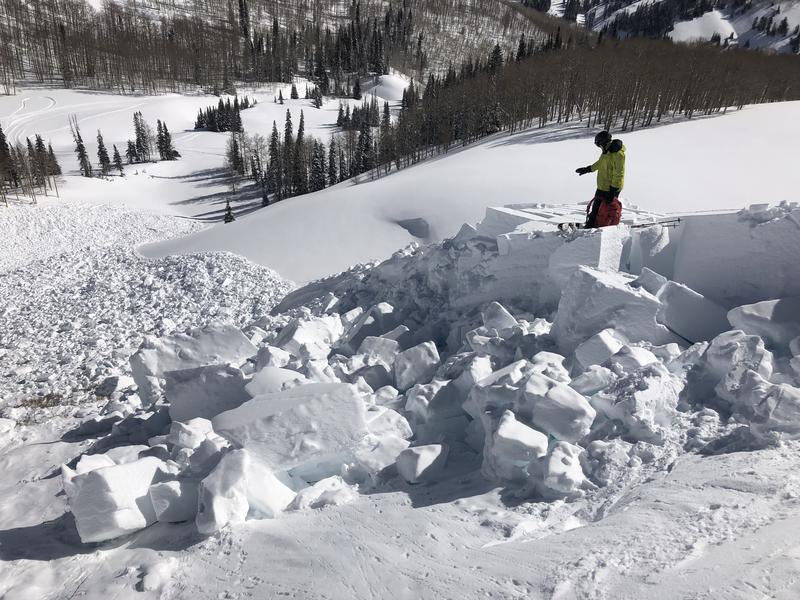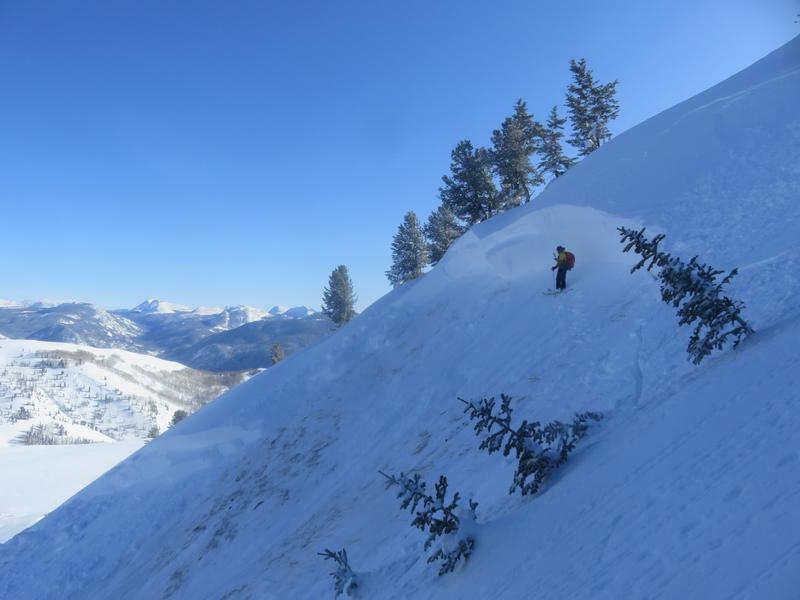
Drew Hardesty
Forecaster
Guest essay by long time avalanche professional Pete Earle -



I’ve been lucky to get out in the Wasatch quite a bit over the past month or so, between teaching a few avalanche courses and touring for myself. Thus far, I’ve been impressed with the backcountry community’s ability to choose appropriate terrain based on our current avalanche problem. I haven’t seen large slopes get center-punched, and folks are mostly keeping slope angles mellow and seem to be stepping into terrain thoughtfully.
My fear going forward is similar to what we’ve seen during the COVID pandemic. Early-on, masks were worn and everyone socially distanced and kept to their “pods” of friends and family. As COVID has worn on, we’ve seen increased spread, with pandemic fatigue a least partly to blame (if not majorly to blame). People are socializing indoors, pods have grown, and holidays have increased mask-free interactions.
To bring this back to avalanches, I’m afraid that we are headed a similar direction when it comes to “persistent weak layer” fatigue. I think we are on the doorstep of, if not already in an “entrenchment” mindset. Strategic mindsets were developed by ski guide Roger Atkins, and are generally used within guide teams or patrol staffs. Based on the past 9 months and the current snowpack, it is reasonable to associate this mindset to the backcountry community.
In his paper Yin, Yang, and You, Atkins describes entrenchment as “Dealing with a well-established persistent instability. Entrenchment is not a preferred operating mode and requires discipline to sustain it for the necessary time; this is the last resort short of closing operations completely.”
I would highlight the line “requires discipline to sustain it for the necessary time.” As I write this, Colorado just had their fourth avalanche fatality of the winter, all in the past 2 weeks. So far, Utah has not seen the breadth and size of avalanches as our counterpart to the east, but if forecast models are accurate, we may be entering that realm soon.
Luckily, we have time on our side. Eventually our persistent problem will decrease or go away completely, either by flushing out from a large storm event or by being buried by a winter’s worth of snow. I encourage backcountry recreationists to continue to be vigilant in their terrain choices because just like the pandemic, the snowpack is going to get worse before it gets better.
“Adopt the pace of nature, her secret is patience.”
Emerson

Pete Earle is a lead instructor for the American Avalanche Institute. He teaches courses to both recreationists and professionals around the mountain west. He also works as a ski guide and forecaster for Powderbird Heliski. He cut his teeth as a ski patroller and avalanche forecaster at Canyons Resort as well as guiding and forecasting for the Park City Powdercats. When he’s not working in the mountains, he’s likely spending time with his newest ski partner, his puppy Clove.
Nice Pete. Thought provoking for sure.
Patrick Reddish (not verified)
Thu, 12/31/2020
Great essay Pete. I have seen a lack of discipline in our backcountry community this season and in previous years with similar unstable conditions. As the safer, more mellow slopes get worked & tracked out during extended dry spells, backcountry users push into more dangerous terrain. The thought seems to be "well, it hasn't run yet, so it must be stable". The "entrenchment discipline" to wait it out becomes as fragile as our snowpack. Hopefully, we have seen the worst here in CO but I am not holding my breath.
Jim Githens (not verified)
Sat, 1/2/2021






